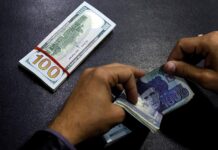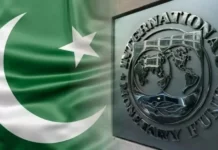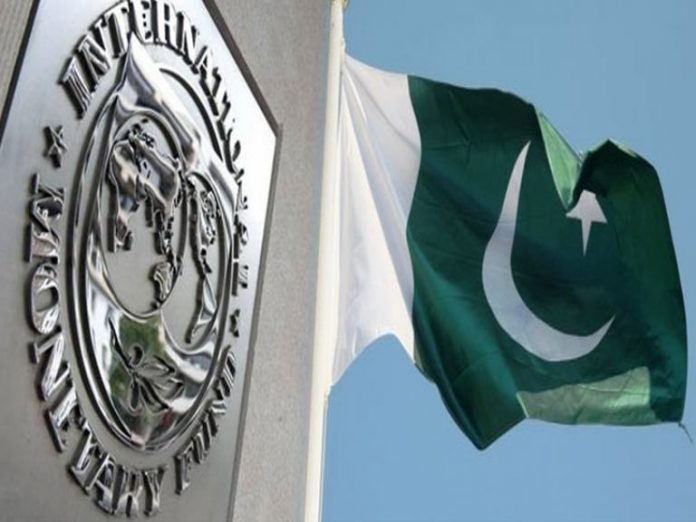LAHORE: It has long been speculated that the general public may have to experience further increase in electricity tariff as the International Monetary Fund (IMF) has put the Pakistan Tehreek-e-Insaf (PTI) led government in a tight spot demanding the elimination of circular debt and phasing out of power subsidies in a bid for zero losses policy.
In the most recent development as the Government of Pakistan (GoP) and IMF head towards finalising a deal for a possible $6.50 billion bailout package, a report according to Business Recorder claims that electricity tariff is likely to see a 25 per cent hike effective from July 1, 2019.
It has also been reported that the agreement is likely to be signed on May 10.
The power division has promised IMF that it would bring down the eye soring circular debt to Rs250 billion by the end of 2019. In addition, the power division has informed IMF that Sukuks worth Rs200 billion will be issued to address the issue and distribution companies (DISCOs) have already shared details of their properties with the power division that will be held as collaterals against the loan.
Moreover, sources claim that not all units produced are being sold due to a considerable gap between production and sale which is caused by system losses. And these are likely to increase if the national transmission and distribution systems are not upgraded and improved.
It has also been highlighted that there is a gap between the billing and the receivables of the Central Purchasing Power Agency Guaranteed (CPPA-G). It was suggested that this gap can be reduced if the subsidies marked for the power sector are paid out on time, quarterly adjustments are done by the National Electric Power Regulatory Authority (NEPRA) and recoveries are improved by the DISCOs.
The IMF mission has also been informed that recoveries have improved by Rs52 billion as a result of the drive against defaulters and electricity thieves.
According to the report, the figures for FY 2017-18 and projected figures for FY 2018-19 and 2019-20 show that tariff differential subsidy in 2017-18 was Rs49 billion whereas it was Rs52 billion till December and an additional Rs48 billion for the first two quarters during FY 2018-19. Whereas the projected TDS during July-December 2019-20 will be Rs47 billion and Rs42 billion in Janaury-June, totaling Rs89 billion.
Moreover, the financial gap for FY 2017-18 including subsidies amounted to Rs450 billion whereas it is expected to be Rs313 billion in FY 2018-19 and Rs247 billion in FY 2019-20. If the current government fails to control its losses then it would need to collect Rs367 billion in FY 2018-19 and Rs384 billion in FY 2019-20 in the form of increased tariffs.























